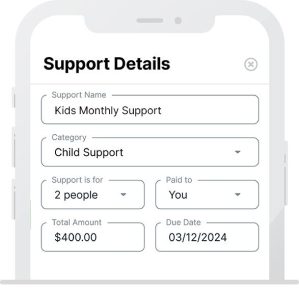A Separation Agreement is an arrangement on all the issues you and your spouse need to resolve before getting divorced, such as the division of marital property (assets and debts), child custody, visitation and support issues, and Temporary Maintenance and Post Divorce Maintenance (commonly known as ‘alimony or spousal support’), if any. The separation accord must be signed and notarized by both you and your spouse. By having a separation agreement, the spouses are able to decide everything and have total control over the outcome of the divorce proceedings.
By Sandler Francois
A separation arrangement gives you the opportunity to work out problems, slowly and over time, without the pressure of a divorce action hanging over your head. Once a divorce action is begun and placed on the court calendar, you and your spouse will have to attend court conferences and meet specific deadlines. That pressure is avoided by both of you signing a separation agreement.
As part of the separation agreement, you and your spouse may decide on a number of important issues, such as child support and spousal support (called maintenance). As with other marital agreements, a written separation agreement will clearly set out the rights and obligations of you and your spouse both during and after the separation. If one spouse fails to live up to the obligations in the separation agreement, the other spouse can enforce the separation agreement in court.
If you proceed with a divorce based on a written agreement, the accord can be “converted” into a divorce judgment so that the terms of the accord become part of the divorce judgment. You can start the divorce action on these grounds after you and your spouse have been living separately and apart for at least one year from the date the Separation accord was signed (“conversion” divorce.) Provided the court approves of the agreement, a conversion divorce is usually an uncontested proceeding and no hearing is generally required.










